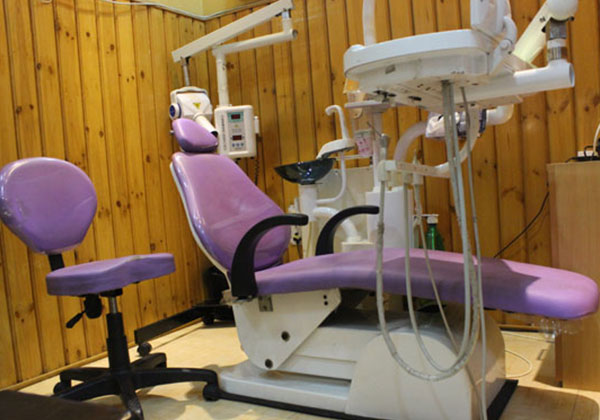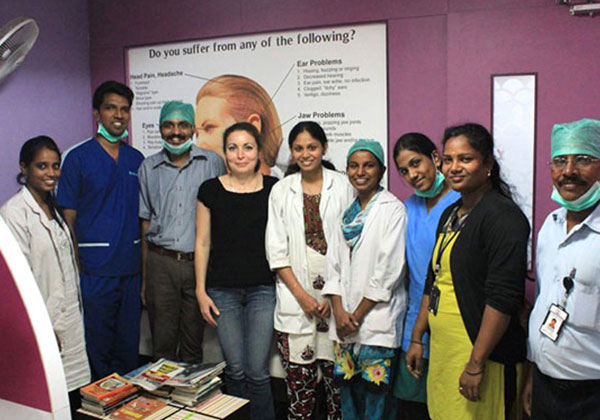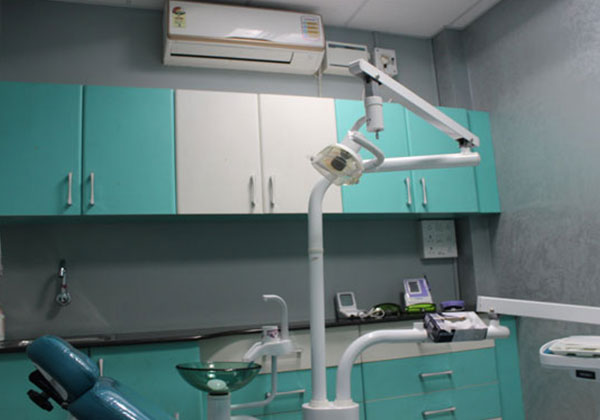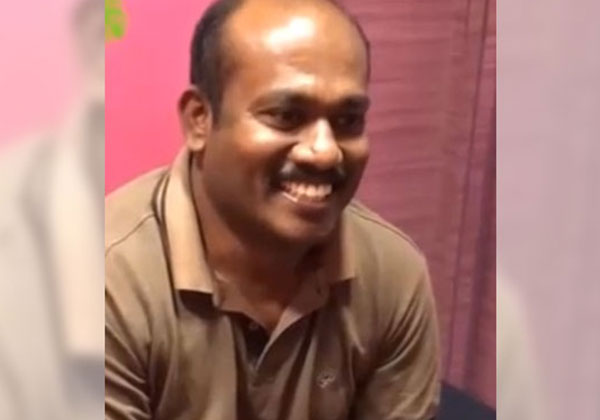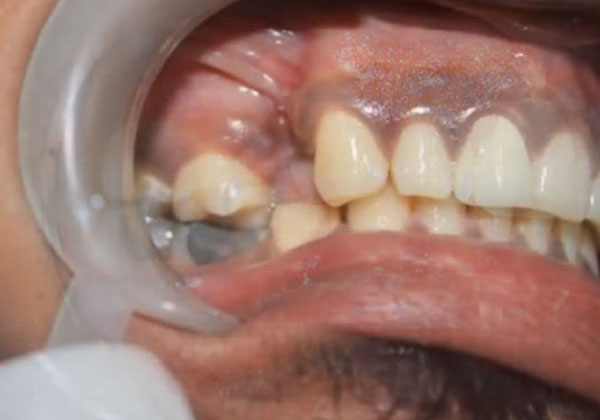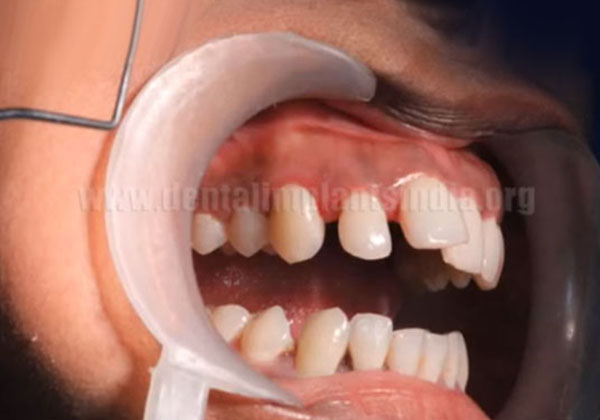- Home
- About us
- Dental Treatments
- Full mouth teeth Replacement
- What are Dental Implants?
- Conventional Implants Vs Basal Implants
- Implant brands
- Cost of Dental Implants
- Full mouth replacement in 3 Days (72 Hours)
- Teeth replacement in a day
- Basal Implant
- Basal Implants for Severe Periodontal Conditions
- Basal Implants for Atrophic Bone Maxilla and Mandible
- Advantages of Basal Implants
- Tubero Pterygoid Implants
- Full mouth replacement
- BOI Implants
- Avoid Sinus Lift and Bone Grafts
- Immediate Load Implants
- Advantages of the Immediate Load Basal Dental Implants
- International Patients
- Gallery
- Testimonials
- Contact Us
Cad Cam Dentistry
Customised three-dimensional images of the prepared teeth are created by scanning the impressions in CAD/CAM dentistry. The scans help to create a virtual design for the restorative device. They are then sent to the milling equipment, which is connected digitally. These design guides offered would help the million machine to create the restoration from a block of the required restorative material.
The acronym stands for computer-aided design or computer-aided manufacturing. The process had been used in the manufacturing industry in order to design machine parts, automobiles and precision tools. However, the technology has been incorporated in the dental industry over the last 2 decades. The technology is used by dentists and the dental laboratories to offer patients with milled veneers, ceramic crowns inlays, onlays and bridges from metal-free materials. It can also be used to create the abutments for the dental implants.
What are the in-office and dental laboratory options from CAD/CAM dentistry?
CAD/CAM technology helps the dental laboratories and the dental practices to create restorations on a computer screen. A 3D customised image is displayed on the screen of the CAD/CAM computer after obtaining the scans. The images can be formed by scanning the traditional model from conventional impressions. The technician or dentist uses the images and CAD software to create the final restoration.
The amount of time required for the in-office restoration would heavily depend on the experience and skills of the technician and also the complexity of the case. While some of the restorations take a few minutes, some might take about half an hour.
The onlay, inlay, crown, bridge or veneer would all be milled from a single block in the milling chamber when the restoration process is completed. After this, the restoration can be offered the necessary glaze and stain, offering a natural look. It is then fired in an oven, following by finishing and polishing.
What are the benefits of CAD/CAM dentistry?
It has been found through practice that the CAD/CAM restorations are better and stronger than the ones milled without such technology. They are also less likely to suffer from a fracture.
Another advantage is that if the dentist has such technology in his office, you might get the service on the same day. The onlays, inlays, veneers or crowns can be made in a single appointment as you wait awhile.
Traditional impressions, a second appointment or temporary restorations are not required if the dentist offers in-office CAD/CAM. Local anaesthetic would be offered once for the required tooth preparations.
When would CAD/CAM dentistry be an option?
Not every tooth can be treated with the CAD/CAM restoration. The dentist would be able to determine if the CAD/CAM restoration is among the treatment options applicable to your case. Despite the improvements, patients might think that the CAD/CAM restorations look a little too opaque and natural characteristics are lacking.
The materials that are available for CAD/CAM dentistry have gotten much better over the years. The restorations today fit better, are more durable and look more natural than the machined restorations available previously.
Ask Doctor
Our Testimonials
[embed]https://youtu.be/xVpndUlngLU[/embed]
Mr.Venkatachalam age of: 53 from Krishnagiri, Missing teeth ,wearing removable dentures past 7 yrs,full mouth fixed teeth with dental implants in 4 days. Sharing his confident smile ,improving speech .960030601
Read More[embed]https://youtu.be/5chPx4Xwv8k[/embed]
Mr.Sethupathi age; 55 from Erode, facing difficulties with removable dentures past 12 yrs, full mouth fixed teeth with dental implants in 4 days,sharing his difficulties facing with removable denture !9600030601
Read More[embed]https://youtu.be/wRV-smngfC0[/embed]
Broken bridge replacement with full mouth dental implants treatment ,cost details, duration details explanation !9600030601
Read More[embed]https://youtu.be/5erewH4qPFk[/embed]
Mr.Vijayakumar age : 35 from Vellore, teeth supported bridge failure ,full mouth fixed teeth with dental implants,Sharing his life changing experience with emotion !9600030601
Read More[embed]https://youtu.be/Jy0z_HoHjyw[/embed]
Mr.Ramamurthy age of 45 from Saudi ,severe gum problem ,diabetic, bone loss, mobility teeth ,full mouth fixed teeth replacement in 4 days,9600030601
Read More[embed]https://youtu.be/Ay2Ye0zWofA[/embed]
Mr.Jagadheesh age of 45 from Coimbatore , Severe gum problem , All mobility teeth ,severe bone loss , weight loss ,full mouth fixed teeth dental implants in 4 days,4kgs weight gain in 3 months sharing treatment experience!9600030601
Read More[embed]https://youtu.be/eJgayMHHJr4[/embed]
Mr.Ravindran age of 46 Chennai ,full mouth fixed teeth with dental implants in 50%of bone! Got confident and smile ,full mouth replacement in India!
Read More[embed]https://youtu.be/8M7atU_1J10[/embed]
Mr.Ramesh age of 49 (engineer) upper jaw bridge broken replacement with dental implants in 4 days.cost of dental implants in Chennai
Read More[embed]https://youtu.be/VsLEbx6RnPc[/embed]
Mrs.Premalatha age : 51 from Chennai ,bridge failure replacement done with dental implants,sharing her health recovery experience after treatment !9600030601
Read More[embed]https://youtu.be/uuWPobTgpWY[/embed]
Mr.Sainath age of 71 , decaying teeth replacement with dental implants,12yrs diabetic controlled after treatment ,cost of dental implants in India?
Read More



